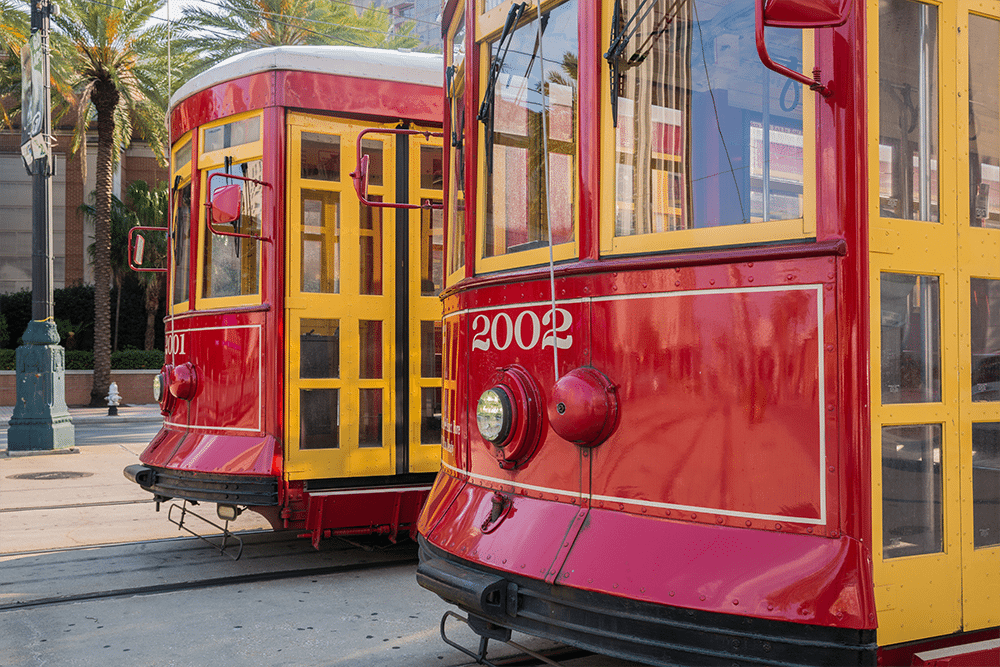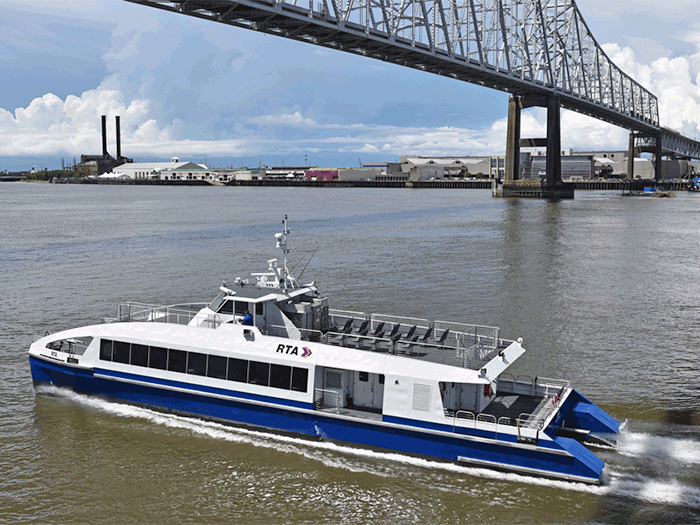

Charles streetcar’s intended ridership is tourists, if the RTA’s “ Facts from the Streetcar Tracks” video is any indication. The red streetcars seen on the Canal, Rampart, and Riverfront lines are fully equipped. The Rampart line is yellow.Įven the line’s green streetcars themselves are historic, earning National Historic Landmark designation yet lacking in-car air conditioning, heating, and accommodations for disabled riders. And its most famous, the St.Charles line, is the oldest continually operating streetcar in the world (its three-year hiatus following Hurricane Katrina notwithstanding). The Regional Transit Authority’s four streetcar lines run on about 25 miles of track, with no service east of Elysian Fields. Others rode a streetcar just for the sake of riding it. Some rode to must-see destinations, such as The National World War II Museum, the city’s most popular attraction. While exact numbers aren’t available as there’s no ticket-based distinction between local RTA riders and visitors, millions of tourists rode streetcars during their time in New Orleans. The New Orleans Convention & Visitors Bureau reports that nearly 18 million tourists contributed $8.7 billion to the economy in 2017, a record-breaking year. Ride New Orleans also found that “the average New Orleanian can only reach 12 percent of region’s jobs in 30 minutes or less via a combination of transit and walking.” That’s unacceptable, and streetcars aren’t doing anything to alleviate the problem. Many residents claim that the Rampart streetcar line was built primarily to serve tourists rather than locals, according to a report from the advocacy group Ride New Orleans. The streetcar in question, the Regional Transit Authority’s newest, hugs the lakeside edge of the French Quarter and Marigny, two of the most tourist-heavy destinations in Orleans Parish. As investors swooped in and bought up flood-damaged property in formerly low-income, predominantly Black neighborhoods, rents and racial disparity have increased.Īccording to Ohio University, gentrification is one of the primary causes of a nationwide increase in suburban poverty in New Orleans, the city-wide poverty rate of 26 percent hovers well above the national average, and gentrification isn’t helping to reduce those numbers. The majority of those opposed to expanding the former Loyola streetcar east from Canal Street to Elysian Fields, a distance of about 1.5 miles, cited displacement as their primary reason.ĭisplacement due to rising housing costs has become a hot topic in New Orleans in the decade following Hurricane Katrina. While opinions varied widely, almost everyone in the Treme, 7th Ward, and surrounding neighborhoods had something to say about New Orleans’ Rampart streetcar expansion, which completed in the fall of 2016. Streetcar expansion should be a good thing, but in New Orleans, it lowered access to jobs The Transportation Cost-Savings Calculators.Transportation Demand Management Resources.


Key Research-Based Insights for Mobility Management (TDM) Programs.Impacts and Benefits of Mobility Management.Demographics and Development for Commuter Service Managers Guides.Business / Employer / Employee Transportation Services Surveys.Arlington Transportation Partners’ (ATP) Fiscal Year Annual Reports.Arlington County Commuter Services Reports.


 0 kommentar(er)
0 kommentar(er)
